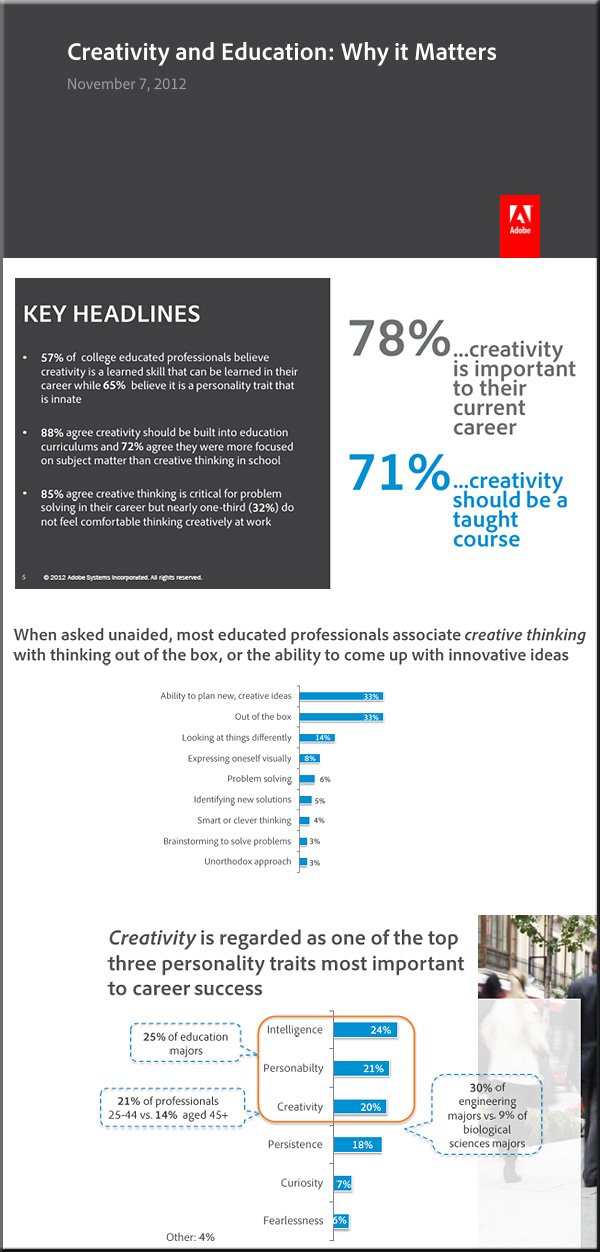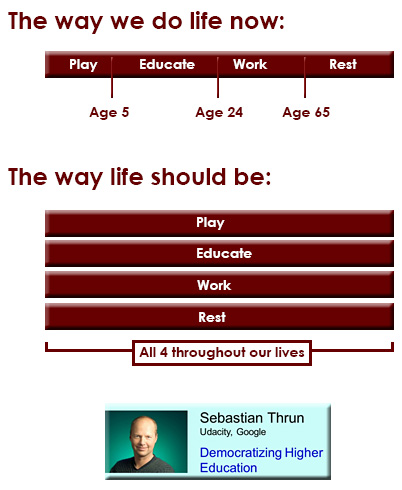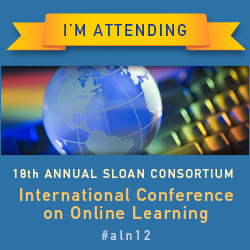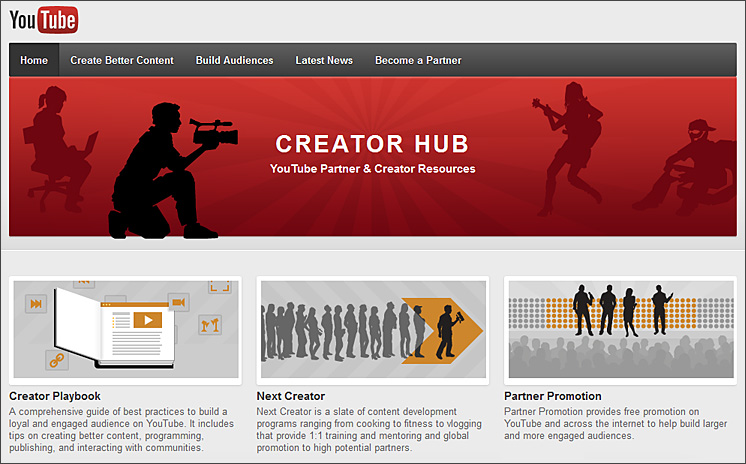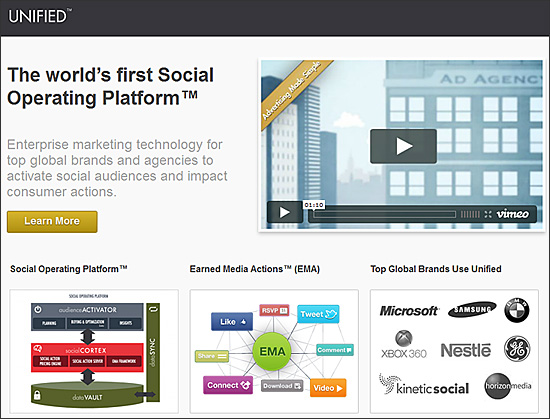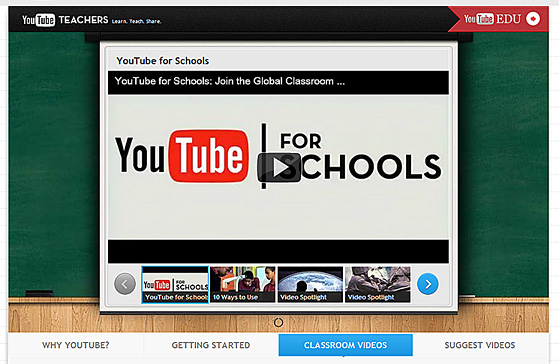Apple Webcast Review: Getting to Know iTunes U — from edcetera.com by Jennifer Funk
Excerpt:
Apple just launched its three-part webcast series exploring the ways educators can use iTunes U. The webcasts
Part one of the series, which you can watch on demand from a Safari browser here, featured two Apple representatives and two educators who gave a general overview of the platform, offered examples of use in both high school and college classes, and answered educator questions.
If you don’t have an extra 45 minutes to watch the webcast, check out the highlights below.









